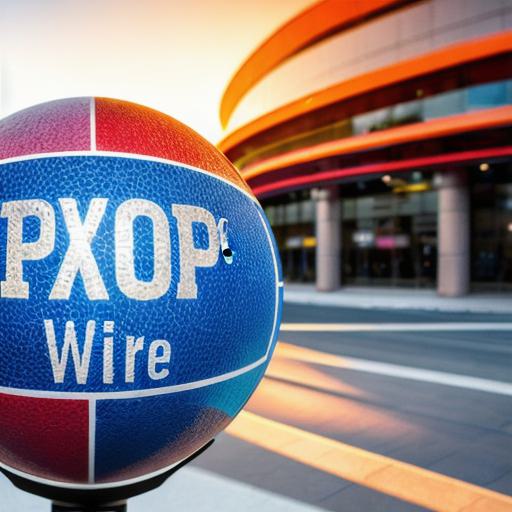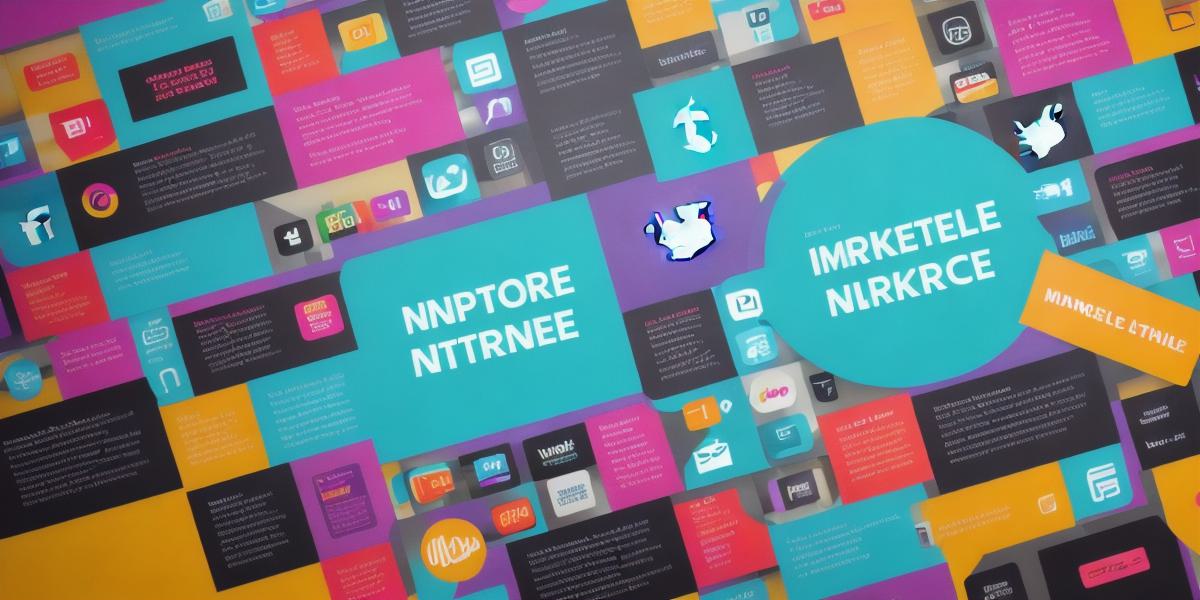Introduction
As a marketing professional, you’ve probably encountered your fair share of confusing terms and definitions in the industry. From SEO to PPC, from CTR to ROI, it can be overwhelming to keep up with all the jargon. But don’t worry – we’re here to help. In this ultimate guide for beginners, we’ll break down some of the most common marketing lingo terms and definitions used in the industry, and explain how they apply to your business.
SEO: The Basics
Search Engine Optimization (SEO)
Search Engine Optimization, or SEO, is the process of optimizing your website to rank higher in search engine results pages (SERPs). This involves a combination of on-page and off-page strategies, such as keyword research, content creation, backlink building, and technical optimization. The goal of SEO is to increase organic traffic to your website and improve your visibility in search engines.
Keyword Research
Keyword research is the process of identifying relevant keywords for your business and optimizing your content around them. This involves using tools like Google Keyword Planner to analyze search volume, competition, and relevance, and incorporating those keywords into your website’s content.
On-Page SEO
On-page SEO refers to the strategies you use to optimize individual web pages for search engines. This includes optimizing meta tags, headings, URL structure, and content with relevant keywords.
Off-Page SEO
Off-page SEO refers to the strategies you use to improve your website’s authority and visibility in search engines. This includes building high-quality backlinks, creating social media profiles, and engaging in guest blogging or influencer marketing.
PPC: The Power of Advertising
Pay-Per-Click (PPC) Advertising
Pay-per-click advertising is a form of online advertising where advertisers pay each time a user clicks on their ad. This includes search ads, display ads, and social media ads. PPC advertising allows businesses to target specific audiences with highly targeted campaigns.
Search Ads
Search ads are ads that appear in SERPs for specific keywords. Advertisers bid on these keywords, and the highest bidder’s ad appears at the top of the search results page.
Display Ads
Display ads are ads that appear on websites or social media platforms, rather than in search engine results pages. These ads can be static or animated, and they can target specific audiences based on interests, demographics, and behavior.
Social Media Ads
Social media ads are ads that appear on social media platforms like Facebook, Instagram, Twitter, and LinkedIn. These ads can be targeted to specific users based on interests, demographics, and behavior, and they can be used for brand awareness, lead generation, and conversion.
CTR: The Importance of Click-Through Rate
Click-Through Rate (CTR)
Click-through rate is the percentage of clicks on a link or ad divided by the number of impressions. This measures how effective your advertising efforts are at generating engagement and driving traffic to your website. A high CTR indicates that your content is relevant, interesting, and valuable to your target audience.
ROI: Measuring Your Marketing Return on Investment
Return on Investment (ROI)
Return on investment is the measure of how much revenue a business generates for each dollar spent on marketing. This includes all types of advertising, including search ads, display ads, social media ads, and email marketing. A positive ROI indicates that your marketing efforts are generating more revenue than they cost, while a negative ROI indicates that you’re spending more money than you’re making.
Google Analytics
Google Analytics is a free web analytics service that allows businesses to track website traffic, user behavior, and marketing performance. This includes tracking CTR, ROI, and other key metrics, as well as identifying trends and insights that can help businesses optimize their advertising efforts.
Case Studies: Real-World Examples of Marketing Success

HubSpot’s Inbound Marketing Strategy
HubSpot is a leading inbound marketing software company that has generated over $10 million in revenue from its inbound marketing strategy. By creating valuable content, optimizing for search engines, and engaging with their target audience on social media, HubSpot has been able to attract and convert high-quality leads into paying customers.
Nike’s Social Media Advertising Campaign
Nike’s "Just Do It" campaign is a classic example of successful social media advertising. By creating engaging content that resonates with their target audience, Nike has been able to generate millions of views and shares on social media platforms like Instagram and Twitter. This has helped to drive brand awareness and sales for the company.
Airbnb’s User-Generated Content Strategy
Airbnb’s user-generated content strategy is a prime example of how effective content can drive business growth. By encouraging users to share their experiences on social media, Airbnb has been able to generate buzz and interest in its platform, which has helped to attract more customers and grow the business.
Expert Opinions: Insights from Industry Leaders
Neil Patel on SEO
Neil Patel is a digital marketing expert who has helped numerous businesses improve their search engine rankings. According to Patel, "SEO is about creating high-quality content that answers your target audience’s questions and providing them with an excellent user experience. By doing so, you can attract more organic traffic to your website and improve your visibility in search engines."
Gary Vaynerchuk on Social Media Advertising
Gary Vaynerchuk is a social media marketing expert who has helped numerous businesses grow their online presence. According to Vaynerchuk, "Social media advertising is all about creating engaging content that resonates with your target audience. By doing so, you can attract more followers, generate leads, and drive sales for your business."
HubSpot on Inbound Marketing
HubSpot’s inbound marketing strategy has helped the company become a leading software provider in the industry. According to HubSpot, "Inbound marketing is about creating valuable content that attracts and engages our target audience. By doing so, we can build trust and credibility with potential customers, which ultimately leads to more conversions and revenue for our business."
FAQs: Answering Your Questions
What is SEO?
Search Engine Optimization (SEO) is the process of optimizing your website to rank higher in search engine results pages (SERPs). This involves a combination of on-page and off-page strategies, such as keyword research, content creation, backlink building, and technical optimization. The goal of SEO is to increase organic traffic to your website and improve your visibility in search engines.
What is PPC advertising?
Pay-Per-Click (PPC) advertising is a form of online advertising where advertisers pay each time a user clicks on their ad. This includes search ads, display ads, and social media ads. PPC advertising allows businesses to target specific audiences with highly targeted campaigns.
What is CTR?

Click-Through Rate (CTR) is the percentage of clicks on a link or ad divided by the number of impressions. This measures how effective your advertising efforts are at generating engagement and driving traffic to your website. A high CTR indicates that your content is relevant, interesting, and valuable to your target audience.
What is ROI?
Return on Investment (ROI) is the measure of how much revenue a business generates for each dollar spent on marketing. This includes all types of advertising, including search ads, display ads, social media ads, and email marketing. A positive ROI indicates that your marketing efforts are generating more revenue than they cost, while a negative ROI indicates that you’re spending more money than you’re making.
What is
Google Analytics
?
Google Analytics is a free web analytics service that allows businesses to track website traffic, user behavior, and marketing performance. This includes tracking CTR, ROI, and other key metrics, as well as identifying trends and insights that can help businesses optimize their advertising efforts.
Summary: The Power of Marketing Strategy
Effective marketing strategy is critical to the success of any business. By understanding key concepts like SEO, PPC advertising, CTR, ROI, and
Google Analytics
, businesses can create targeted campaigns that drive traffic, generate leads, and increase revenue. Case studies and expert opinions provide valuable insights into how successful businesses have implemented these strategies, while FAQs help to answer common questions and clarify key concepts. By implementing these strategies and continually monitoring their performance, businesses can achieve sustainable growth and success in today’s competitive marketplace.




